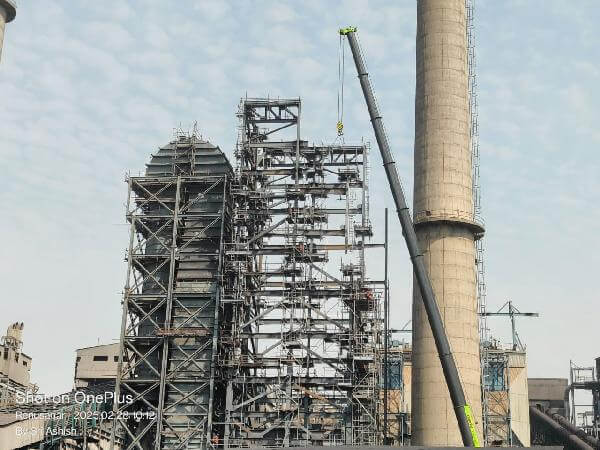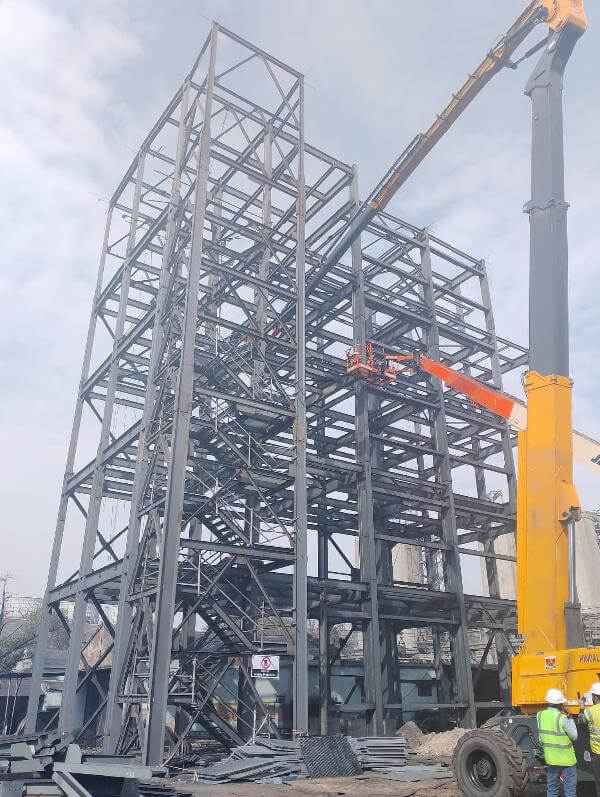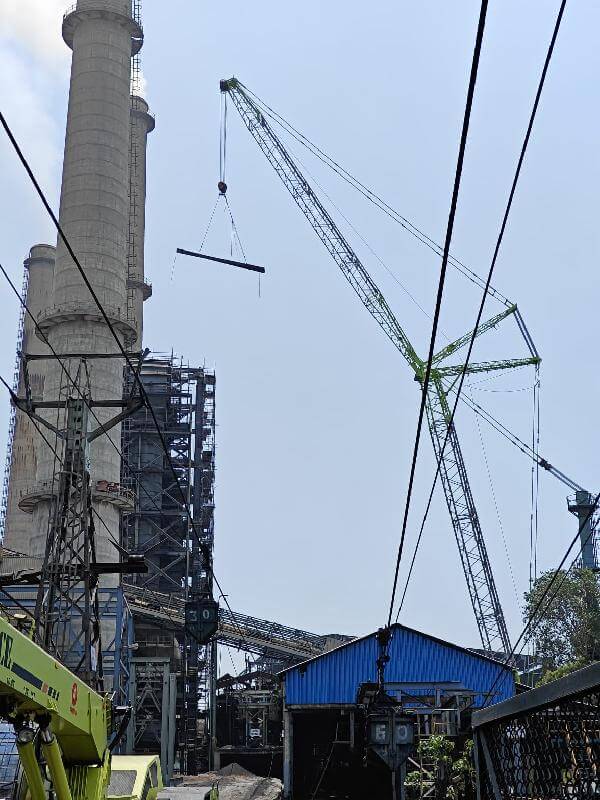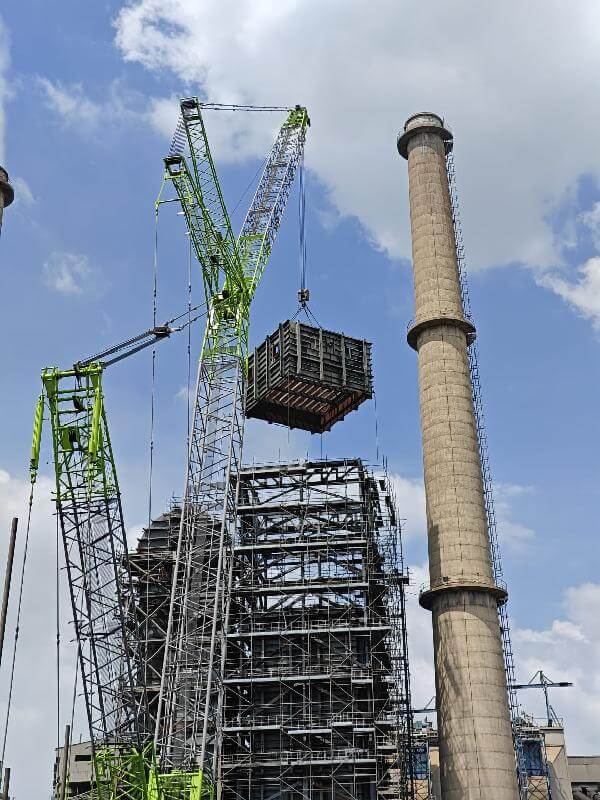


Construction, Installation, and Commissioning (CIC) services encompass a wide range of activities involved in building, assembling, and testing various structures, equipment, and systems. These services ensure that projects are built according to specifications, operational requirements are met, and systems are ready for handover. Commissioning specifically focuses on verifying that systems function as intended, meeting performance standards and safety requirements.
Key Aspects of Construction, Installation, and Commissioning:
Construction:
This involves the physical building of structures, including foundations, framing, and cladding.
Installation:
This encompasses the assembly and placement of equipment, systems, and components within the constructed structure.
Commissioning:
This is the process of testing and verifying that all installed systems and equipment function as designed, meet performance requirements, and are safe to operate.


Commissioning Phases and Activities:
1. Pre-Commissioning:
Involves initial inspections, checks, and tests to ensure components are correctly installed and ready for operation.
2. Testing:
Includes various tests to verify the functionality of different systems, such as mechanical, electrical, and process systems.
3. Start-up and Optimization:
The process of bringing systems online, optimizing their performance, and ensuring they meet operational requirements.
4. Handover:
The final stage where the fully functional and tested system is handed over to the owner’s operations team.
Benefits of Commissioning:
Ensures proper system functionality:
Commissioning helps guarantee that all systems operate as intended, meeting performance specifications and safety requirements.
Reduces operational issues:
By thoroughly testing and verifying systems, commissioning can minimize potential problems and downtime during operation.
Improves energy efficiency:
Commissioning can help optimize system performance and ensure that energy consumption is within expected levels.
Enhances safety:
Testing and verification processes during commissioning help ensure that systems are safe for operation and that all necessary safety features are in place.
Facilitates smooth handover:
Commissioning ensures a smooth transition from construction to operation by providing a documented record of system performance and operational requirements
